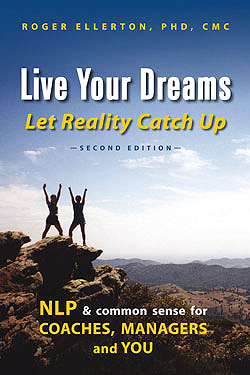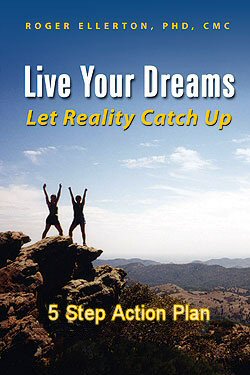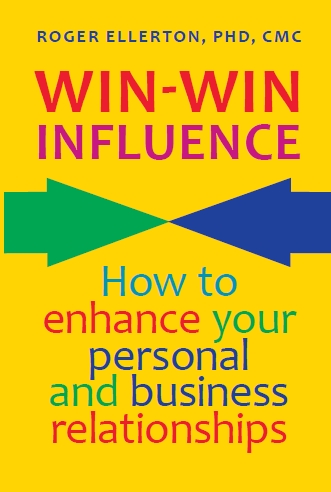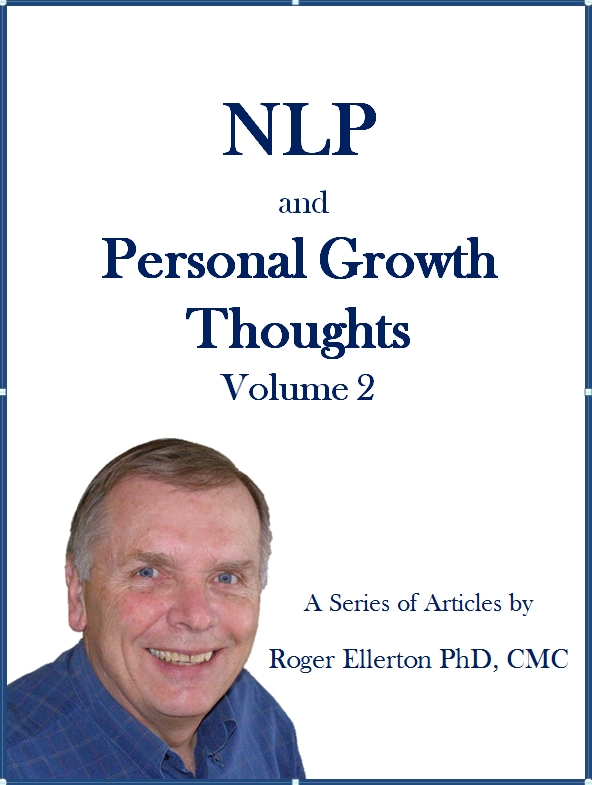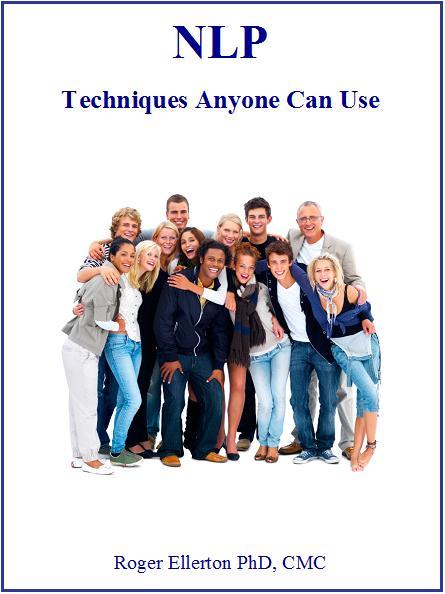Discover Your Preferred Representational System
By Roger Ellerton Phd, ISP, CMC, Renewal Technologies Inc.
Please Note: This VAK preference assessment may be printed and used for yourself or your friends for personal enjoyment, provided it is reproduced in full, including author bio and a link to renewal.ca. It may not be used in articles, websites, presentations, books, manuals, training courses, seminars, workshops or any commercial or business activity without the written permission of Roger Ellerton/Renewal Technologies Inc. If you republish this article without permission, you will be in violation of copyright law and sent an invoice. You may share this and other pages with your friends by linking directly to this page from your website or blog.
If you would like to receive a free electronic copy of this VAK test formatted in Microsoft's Excel (2007) - does all of the calculations for you, please click here. The same restrictions as above apply.
Each of us has a preferred representational system (visual, auditory, kinesthetic or digital (auditory digital) - often referred to as VAK) - for more information on the NLP visual, auditory, kinesthetic and digital representational systems, please see the article Modalities and Representational Systems . There are several ways to determine which system(s) each of us prefers. This article presents a VAK preference assessment. The assessment is not fully definitive as there are only 12 test questions and your preferred representational system may change over time or in different contexts.
In general, one representational system is not better than another. If you score low on one or more of the systems, you may wish to get curious and explore how this is affecting your life experiences.
Have fun with this assessment and I hope it provides you with additional insight on how you prefer to communicate with others.
Instructions:
For each of the following statements, please assign a number to every phrase. Use the following system to indicate your preferences:
- Least descriptive of you.
- Next best description.
- Next best description.
- Best description of you.
If you have trouble deciding between two phrases, go with the first thought that comes to mind.
Representational System Assessment © Renewal Technologies 2003
1. When vacationing at the beach, the first thing that makes me glad to be there is:
a __ The feel of the cool sand, the warm sun or the fresh breeze on my face.
b __ The roar of the waves, the whistling wind or the sound of birds in the distance.
c __ This is the type of vacation that makes sense or the cost is reasonable.
d __ The scenery, the bright sun, and the blue water.
2. When overwhelmed, I find it helps if:
a __ I can see the big picture.
b __ I can hear what's going on.
c __ I can get in touch with what is happening.
d __ I make sense of things in my head.
3. When given an assignment at work, it is easier to carry out if:
a __ I can picture what is required.
b __ I have a feeling for what is required.
c __ I have an understanding of what is required.
d __ I have tuned into what's required.
4. I find it easier to follow a presentation if:
a __ I feel in touch with the presenter and the material is within my grasp.
b __ There is a visual display so that I can visualize the concepts.
c __ The presentation is based on facts and figures and is logically presented.
d __ The presenter speaks clearly with varying tonality or uses sound to emphasize message.
5. When buying a car, I make my decision on:
a __ The purchase price, gas mileage, safety features, etc.
b __ How comfortable the seats are or the feeling I get when I test drive it.
c __ The colour, styling or how I would look in it.
d __ The sound of the engine or stereo system or how quiet it rides.
6. I communicate my thoughts through:
a __ My tone of my voice.
b __ My words.
c __ My appearance.
d __ My feelings.
7. When I am anxious, the first thing that happens is:
a __ Things begin to sound different.
b __ Things begin to feel different.
c __ Things begin to look different.
d __ Things begin to not make sense.
8. During a discussion, I am most often influenced by:
a __ The other person's logic.
b __ The other person's tone of voice.
c __ The energy I feel from the other person.
d __ Seeing the other person's body language or being able to picture the other person's viewpoint.
9. I assess how well I am doing at work based on:
a __ My understanding of what needs to be done.
b __ How I see myself making progress.
c __ How things sound.
d __ How satisfied I feel.
10. One of my strengths is my ability to:
a __ See what needs to be done.
b __ Make sense of new facts and data.
c __ Hear what sounds right.
d __ Get in touch with my feelings.
11. I enjoy:
a __ Choosing a piece of music to listen to.
b __ Making a logical, compelling point.
c __ Choosing clothes that are comfortable.
d __ Choosing clothes that look good.
12. If you agree with someone, you are more likely to say:
a __ That feels right.
b __ That looks right.
c __ That sounds right.
d __ That makes sense.
Determining Your Preferences
1. Copy your answers to the lines below:
| Question Number | Visual | Auditory | Kinesthetic | Digital |
|---|---|---|---|---|
| 1 | d | b | a | c | 2 | a | b | c | d | 3 | a | d | b | c | 4 | b | d | a | c | 5 | c | d | b | a | 6 | c | a | d | b | 7 | c | a | b | d | 8 | d | b | c | a | 9 | b | c | d | a | 10 | a | c | d | b | 11 | d | a | c | b | 12 | b | c | a | d | total | V = | A = | K = | D = |
2. Add the numbers in each column. A comparison of the totaled scores gives your relative preference for each of the four major representational systems. The higher the score, the higher your preference.
Author: Roger Ellerton is a certified NLP trainer, certified management consultant and the founder and managing partner of Renewal Technologies. The above article is based on his book Live Your Dreams Let Reality Catch Up: NLP and Common Sense for Coaches, Managers and You.
Copyright © 2003, Renewal Technologies Inc. All rights reserved.

